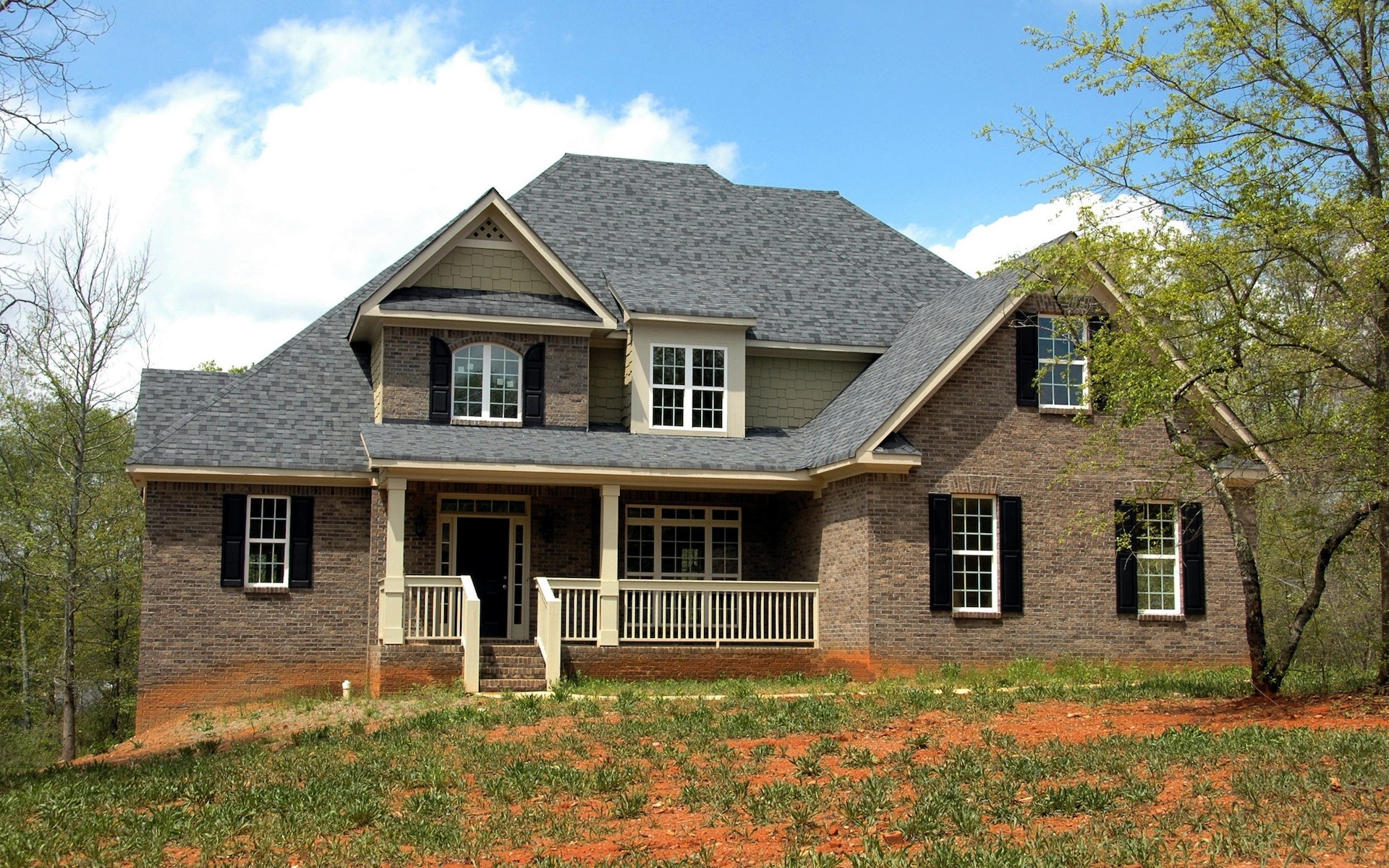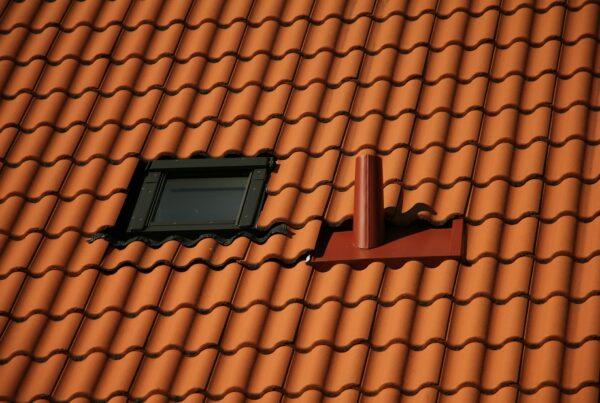Last Updated on April 16, 2023
Brick is an excellent siding option as it’s durable, attractive, and comes in various colors. It can withstand extreme weather conditions, is more fire resistant, and cheaper than stone. Bricks don’t require a lot of maintenance to stay in good shape. However, they may develop issues such as fading, cracking, or mold growth with time. Here are tips to keep them in good condition:
Handle Repairs When Needed
Over time, bricks will crack or chip due to water damage and extreme weather conditions. Not attending to the issues leads to more severe problems, such as structural damage or poor aesthetic. These can also interfere with the insulation; the entire wall may eventually need replacing.
If you notice any cracking, missing pieces, or crumbling mortar, contact a professional to help with the repairs. Also, learn about brick repair services and get quotes from reputable providers. A contact person to fix issues on short notice is always beneficial.
Clean Bricks Regularly
Dirt, mold, and mildew will sometimes accumulate on bricks. They’re unattractive and cause damage to the siding. Regular cleaning maintains the aesthetic appeal while also preventing further damage. Use a gentle cleaning mixture of two parts water and one part bleach to keep the bricks in good condition. For stubborn stains, use a stiff-bristled brush. Have a professional cleaning service every few years. You’ll not only save time but also maintain the long-term integrity of the property.
Check for Mortar Deterioration
Mortar is a strong adhesive between the bricks, holding them in place. It prevents water from seeping in and causing damage to the walls. Check for signs of mortar deterioration, such as crumbling, gaps, or cracks. You may need to hire a professional for repairs if the issues are more severe. The expert will repoint or replace the mortar. However, they must use the same mortar used during initial construction for proper adhesion.
Keep Weep Holes Clean
Weep holes are openings or slots in the mortar between bricks. They allow water to escape, preventing it from getting trapped inside and causing wall deterioration. Weep holes are located at the base of the wall. Keep checking and clean when clogged. Also, trim back nearby bushes and shrubs to promote air circulation.
Check for Signs of Efflorescence
Efflorescence is a white or yellow crystal-like substance that accumulates on brick walls. It’s caused by weathering and inadequate water drainage. It contains salts that cause further damage to the bricks. When spotted, clean it with a soft-bristled brush and water but inspect the source. A professional should investigate and repair the issue if it’s from within. Sealing the external walls also prevents further damage.
Efflorescence may also indicate poor artistry. Either the contractor used the incorrect mortars or bricks, or there was inadequate drainage. Curing is also necessary to keep the wall wet for two to three weeks after construction.
A well-maintained brick siding will last for years. Your home will retain its aesthetic value and remain structurally sound. You don’t have to do all this independently, as experts can help. They will regularly inspect and address any issues immediately.





